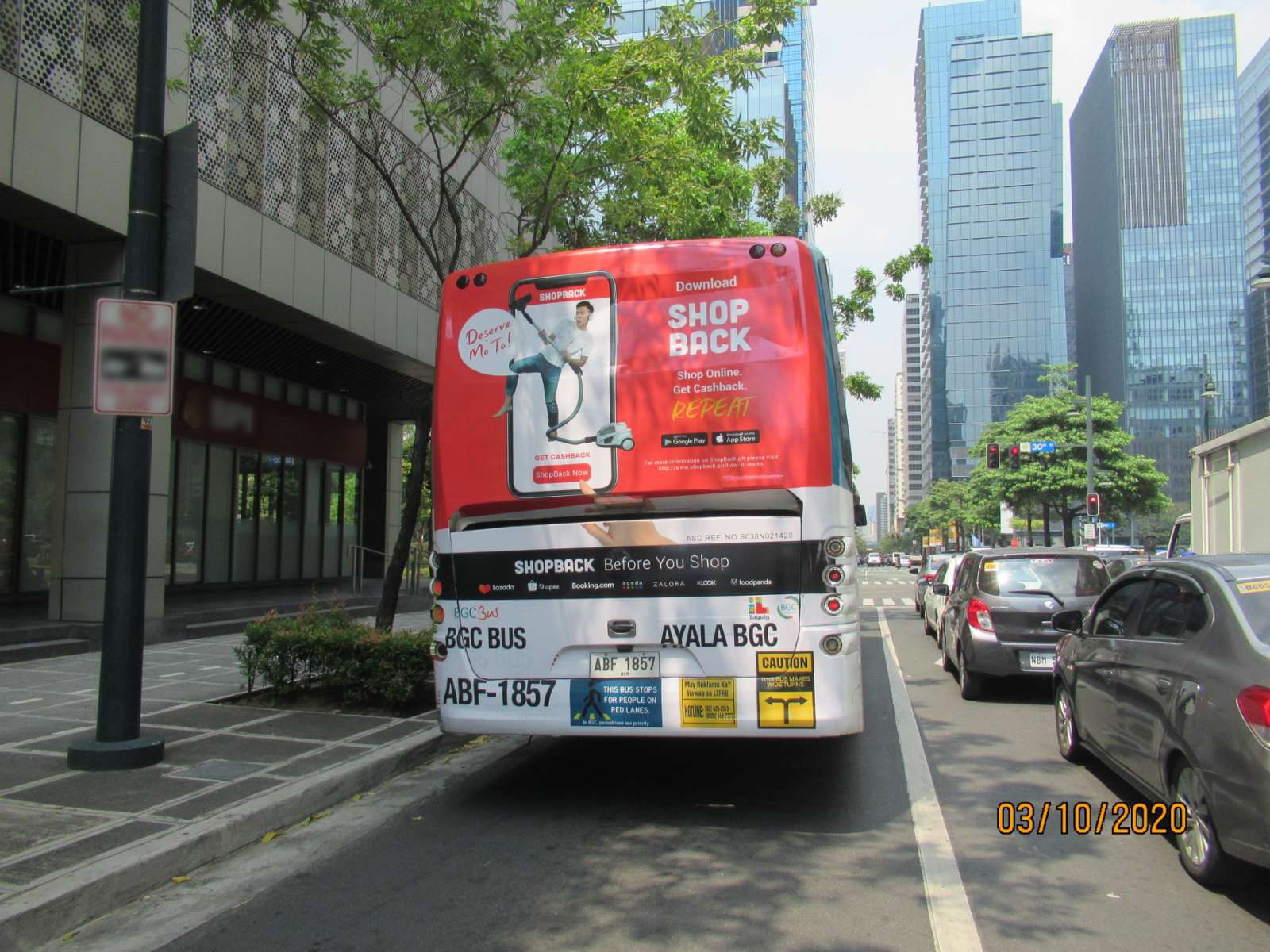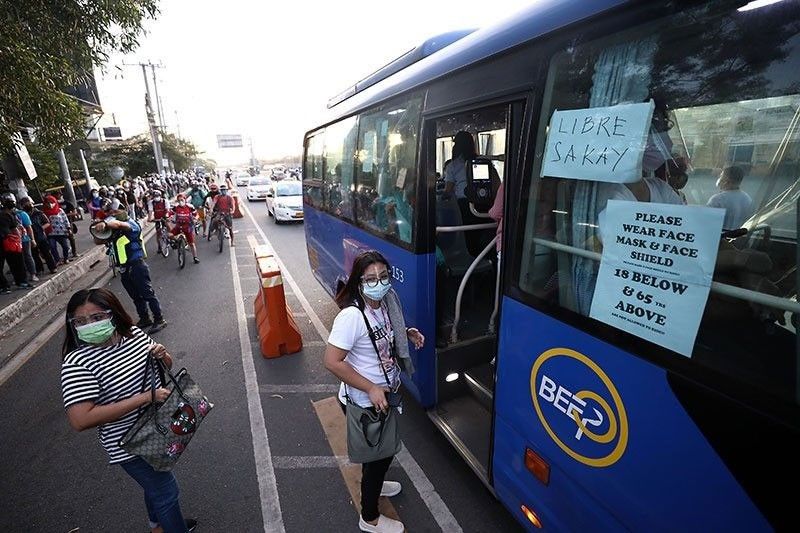How Transportation Advertising And Marketing Can Transform Mass Transit Spaces Into Dynamic Advertising And Marketing Platforms
Transportation advertising and marketing holds significant possibility to redefine public transportation rooms right into lively marketing platforms that educate and involve. As we check out the complex benefits and progressing methods of transit advertising and marketing, it elevates the concern of just how this improvement could redefine our communications with both brands and the urban environment.
Benefits of Transportation Marketing

In addition, transportation marketing is highly cost-effective contrasted to typical media. It allows advertisers to attain high perceptions at reduced expenses, optimizing roi. The restricted audience of travelers supplies an opportunity for brands to share their messages to individuals that are usually responsive throughout their traveling times.
Moreover, the dynamic nature of transit advertising permits campaigns to be updated frequently, guaranteeing that messaging stays appropriate and timely. This adaptability can be crucial in responding to market patterns or promotional events, keeping the brand name top-of-mind for consumers. Lastly, the pervasive presence of transportation marketing adds to brand name recall; duplicated direct exposure within familiar traveling contexts reinforces brand name recognition and fosters customer commitment, eventually improving and driving sales brand credibility.
Sorts Of Transit Advertising And Marketing
Public transport systems give numerous layouts for marketing, each dealing with different marketing methods and target market involvement techniques. One famous type is external bus and train wraps, which cover the entire car and develop a mobile billboard effect, permitting for high visibility in urban atmospheres. These covers can record attention as they go across active streets, getting to a diverse audience.
An additional preferred format is indoor marketing, which consists of posters, digital displays, and advertisements on transit seats. These placements involve travelers throughout their journey, strengthening brand messaging in a confined area. Digital displays, in particular, use the benefit of vibrant material, making it possible for marketers to upgrade messages in real-time.
Station advertising and marketing is likewise substantial, including posters, banners, and interactive kiosks within transit terminals. These advertisements take advantage of foot website traffic and can target particular demographics based on area.
Finally, marketing collaborations with transportation authorities can lead to distinct projects, such as themed transit experiences or occasions, enhancing the total involvement with commuters. Each kind of transportation advertising provides distinctive benefits, allowing brand names to customize their technique to effectively reach their target market within the general public transportation ecological community.
Involving Commuters Efficiently
Travelers are increasingly flooded with marketing messages throughout their day-to-day travels, making it crucial for brand names to engage them in ingenious means. To catch interest in this jampacked space, advertisers must prioritize imagination and importance. Using captivating visuals and succinct messaging can significantly boost the likelihood of engagement.
Interactive components, such as QR codes or increased truth attributes, can additionally change static ads into immersive experiences, fostering a much deeper connection with the target market. Brand names should concentrate on attending to travelers' demands and passions, customizing messages to resonate with their way of life, whether through promotions for local organizations or services designed to boost their travelling experience.
Furthermore, timing plays a crucial role; tactically placing ads throughout top travelling hours can optimize exposure and impact. Engaging travelers efficiently likewise entails leveraging social media sites combination, permitting travelers to share their promotions or experiences directly from transportation systems, thus amplifying brand name reach.
Fundamentally, effective interaction rests on comprehending the commuter journey and creating compelling, interactive, and pertinent advertising and marketing experiences that not only record attention however also drive action and commitment. By doing so, brands can change public transport right into a vibrant marketing platform that reverberates with its audience.

Measuring Advertising Influence
How can brands accurately evaluate the efficiency of their marketing campaign en route settings? Measuring the influence of transportation discover this advertising and marketing calls for a diverse method that integrates qualitative and measurable metrics. One common method is tracking involvement with mobile analytics, where brand names can assess foot website traffic patterns and app communications before, during, and after campaigns.
Studies can provide important understandings into brand recall and consumer view, permitting brand names to gauge exactly how well their messages reverberate with travelers. Additionally, keeping track of social networks engagement relevant to details projects can reveal changes in public perception and brand conversation.

In addition, collaborating with transit companies can enhance measurement accuracy, as they often possess detailed market data on ridership patterns. By incorporating these approaches, brand names can create a detailed understanding of their marketing effectiveness, ensuring that their campaigns not just reach yet additionally impact their target market efficiently.
Future Patterns en route Advertising And Marketing
A significant shift have a peek at this website is expected en route marketing as technical improvements and changing customer habits reshape the landscape. Transit Advertising Philippines. The assimilation of interactive media and electronic displays is expected to boost engagement, enabling brand names to provide vibrant material that resonates with diverse audiences. As public transportation systems accept wise innovation, marketers will certainly take advantage of real-time information analytics to tailor messages based upon guest demographics and habits
Additionally, increased truth (AR) is poised to transform the means travelers interact with ads. By giving immersive experiences, AR can change a mundane trip into an appealing story that catches interest and cultivates brand name commitment. This development will likely motivate advertisers to produce more experiential campaigns that drive consumer interaction.
Sustainability is one more important pattern affecting transit advertising. As ecological awareness grows, brand names will increasingly look for to align with green techniques, making use of sustainable products and advertising eco-friendly campaigns within their projects.
Verdict
Finally, transit advertising supplies considerable advantages by boosting brand exposure and engaging a captive target market. Through different styles, such as exterior wraps and electronic screens, it transforms mass transit into a lively advertising and marketing system. Reliable engagement methods and durable dimension techniques better amplify its impact. As patterns progress, the capacity for cutting-edge interactions between travelers and brands is positioned to grow, making sure that transit advertising and marketing stays an essential part of modern-day marketing techniques.
Transportation advertising holds considerable possibility to redefine public transport check this spaces into vibrant advertising and marketing systems that involve and inform. The pervasive presence of transportation marketing contributes to brand recall; repeated exposure within familiar travel contexts enhances brand name awareness and cultivates consumer loyalty, eventually driving sales and improving brand name reputation.
Exactly how can brand names precisely assess the performance of their marketing projects in transportation environments?In conclusion, transit advertising and marketing uses significant advantages by improving brand name visibility and engaging a restricted audience. Transit Advertising Philippines. As patterns advance, the possibility for cutting-edge interactions in between travelers and brand names is poised to expand, making certain that transportation marketing remains a vital element of contemporary advertising and marketing techniques